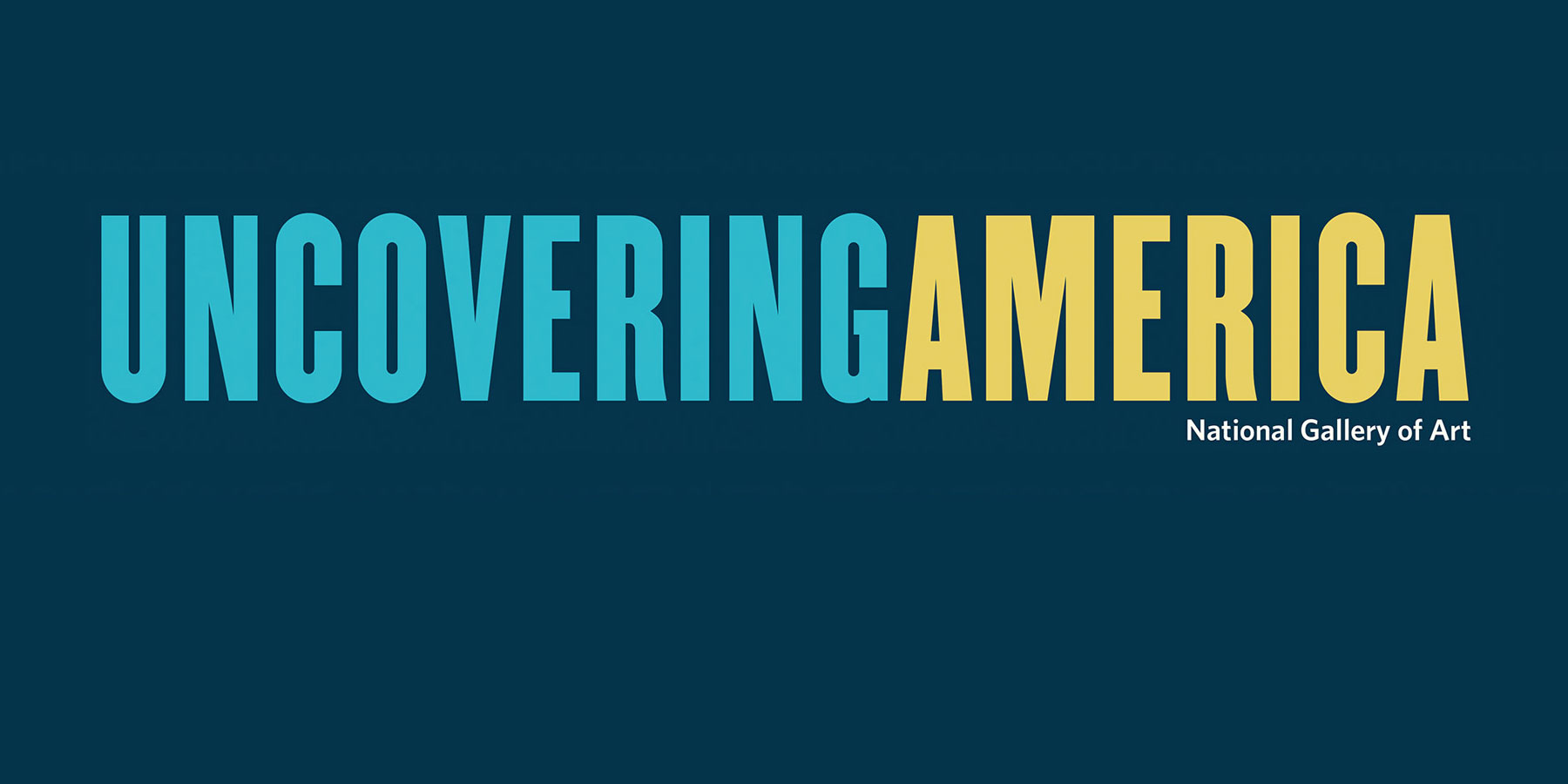This activity is an adaptation of the lesson plan “Talking About Race and Racism” from Teaching Tolerance. Used with permission.
Essential Question
What do I need to participate in an open and honest conversation about race, racism, and its depictions in The Washington Family?
Objectives
- Students will reflect on their own comfort level when talking about race.
- Students will distinguish between intent and impact and reflect on what it means in the context of class discussions about works of art.
- Students will describe how stereotypes inform our implicit biases and how implicit bias impacts how we create and interpret art.
- Students will establish norms and learn strategies for having open and honest conversations about the depictions of different people and groups in works of art.
Warm-Up
Write the prompts (below) on the board and allow students time to quietly and independently respond in writing. If you have a journal procedure, use it here. Allow time for sharing and discussion.
On a scale of 0–5, how comfortable are you talking about race? Explain.
On a scale of 0–5, how comfortable are you talking about racism? Explain.
- 0 = I would rather not talk about race/racism.
- 1 = I am very uncomfortable talking about race/racism.
- 2 = I am usually uncomfortable talking about race/racism.
- 3 = I am sometimes uncomfortable talking about race/racism.
- 4 = I am usually comfortable talking about race/racism.
- 5 = I am very comfortable talking about race/racism.
Establishing Rules and Norms
1. Classroom conversations need to be honest, respectful, and supportive. Share some of the strategies you will use to support students during these conversations. For instance, let them know that you will:
- debrief with them or allow them time to reflect on their own (e.g., talking circles and journaling);
- check in with them throughout the lesson to see how they are feeling and doing (e.g., fist to five);
- encourage them to ask for a pause when they are feeling strong emotions that prevent them from moving forward (e.g., stoplight); and
- introduce them to methods for communicating through strong emotions (e.g., RCRC)



